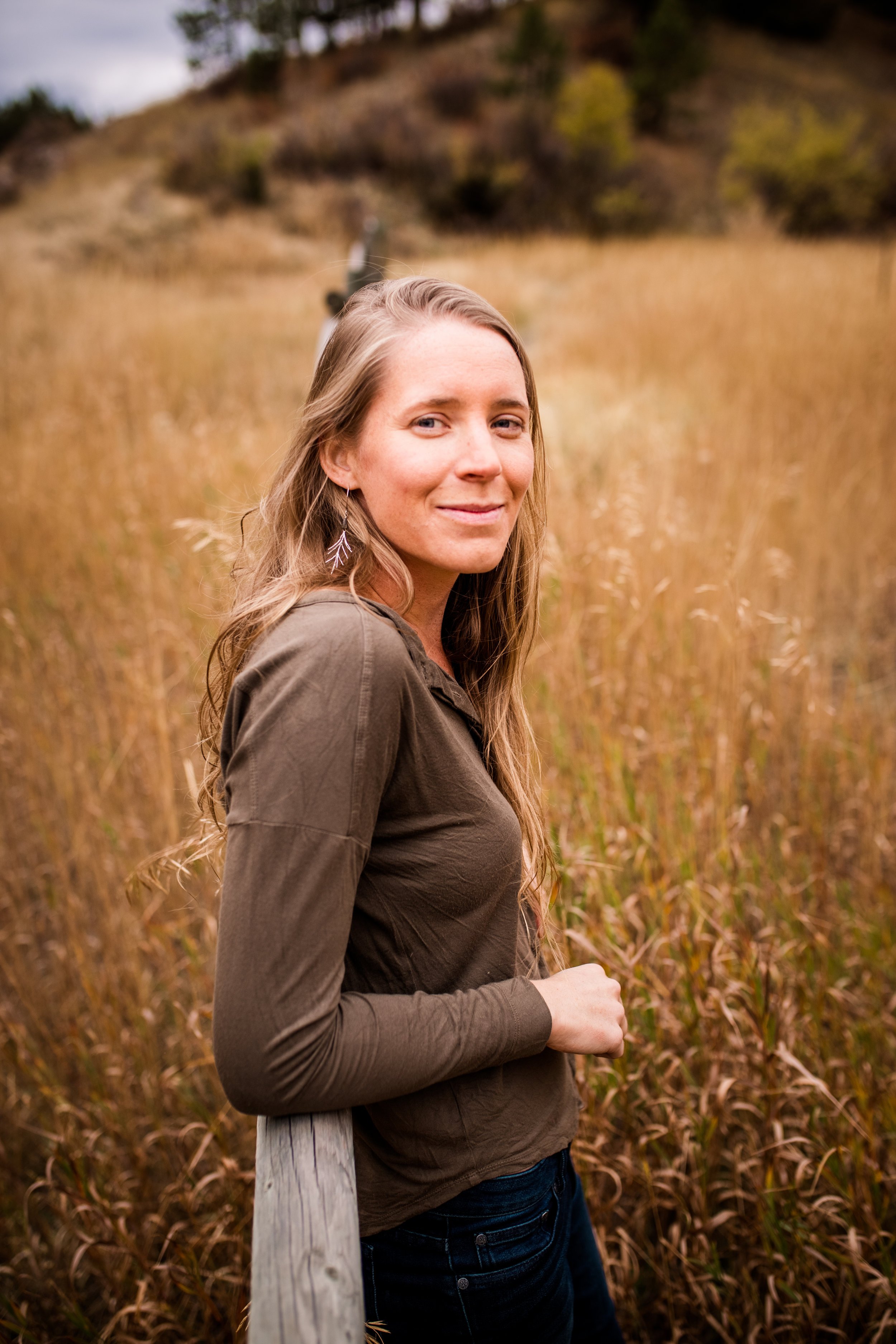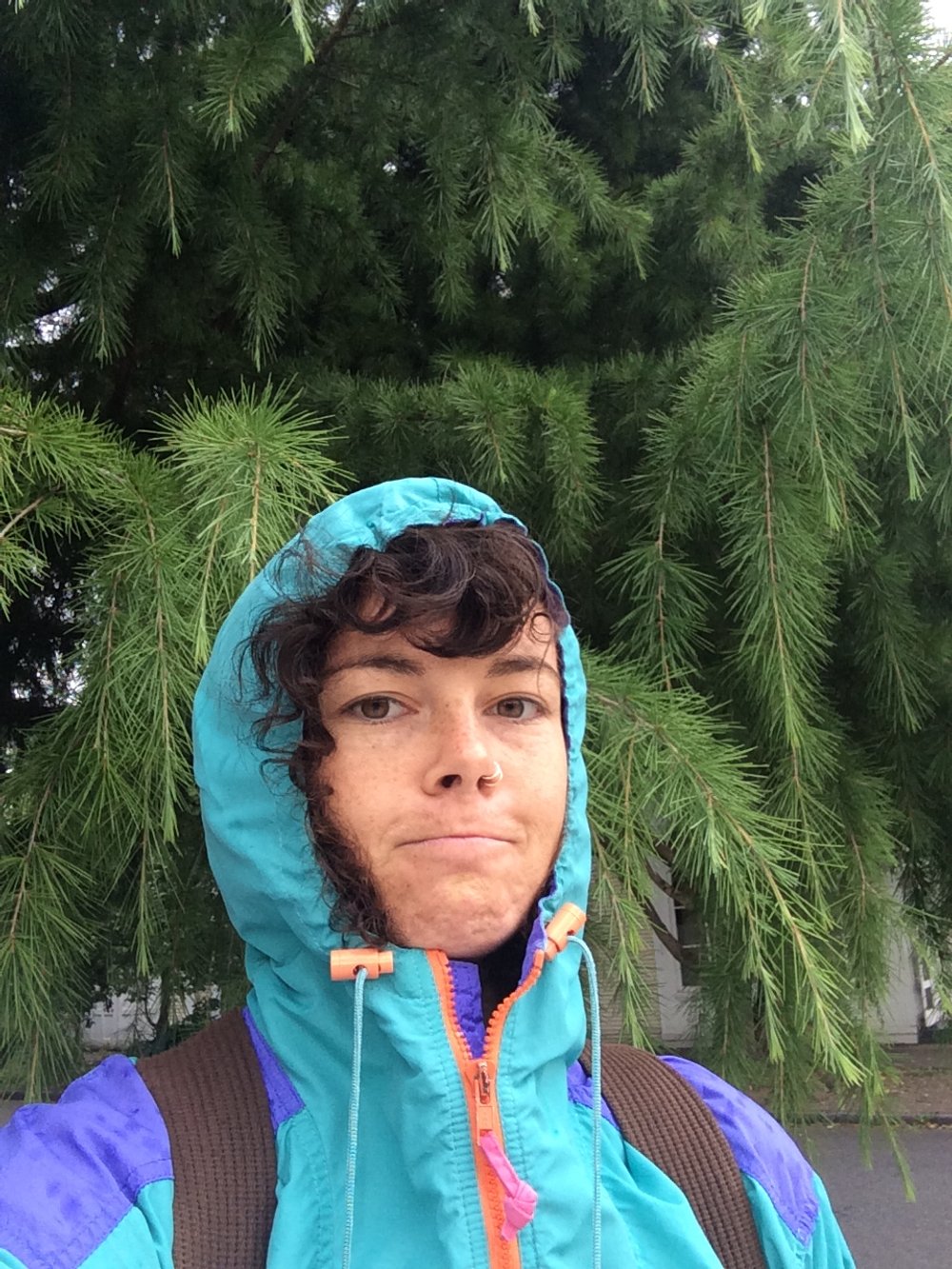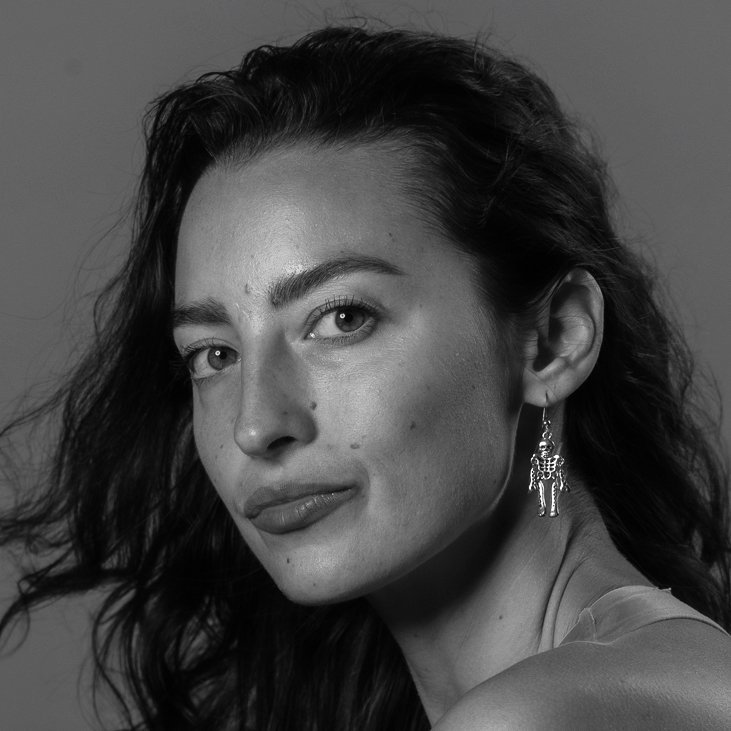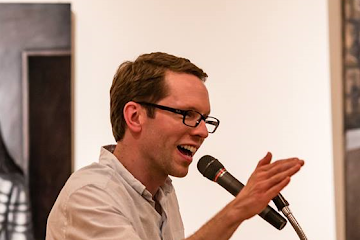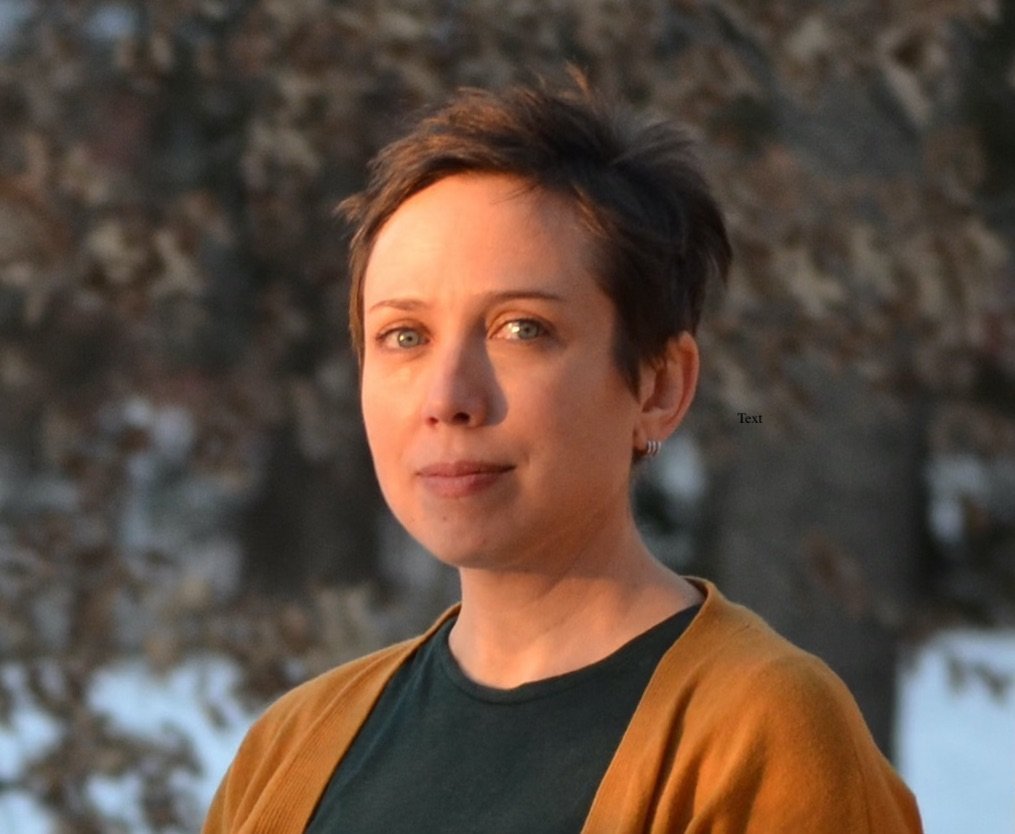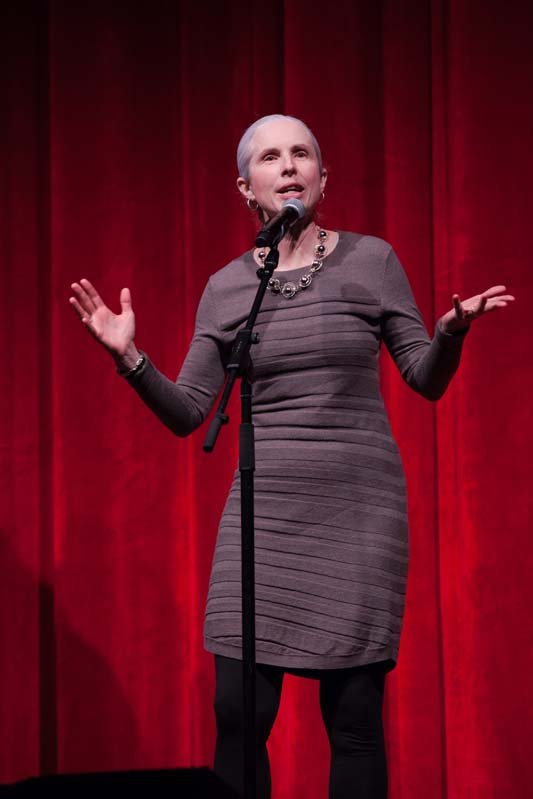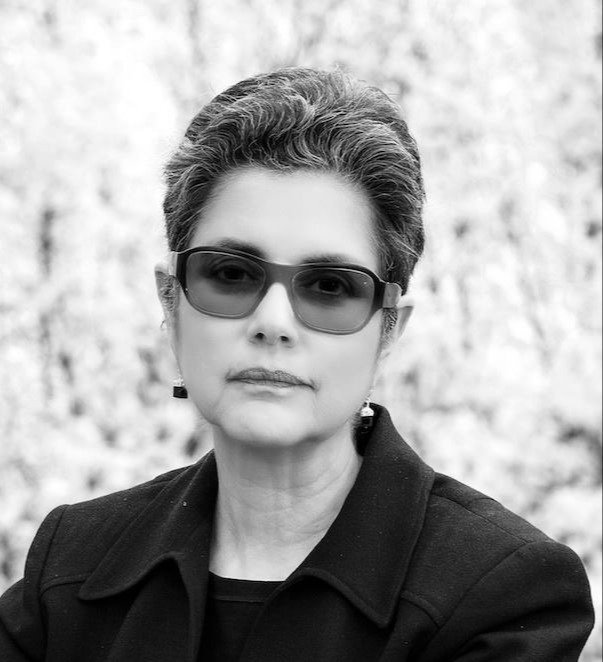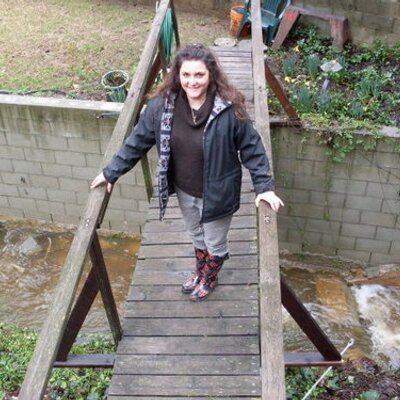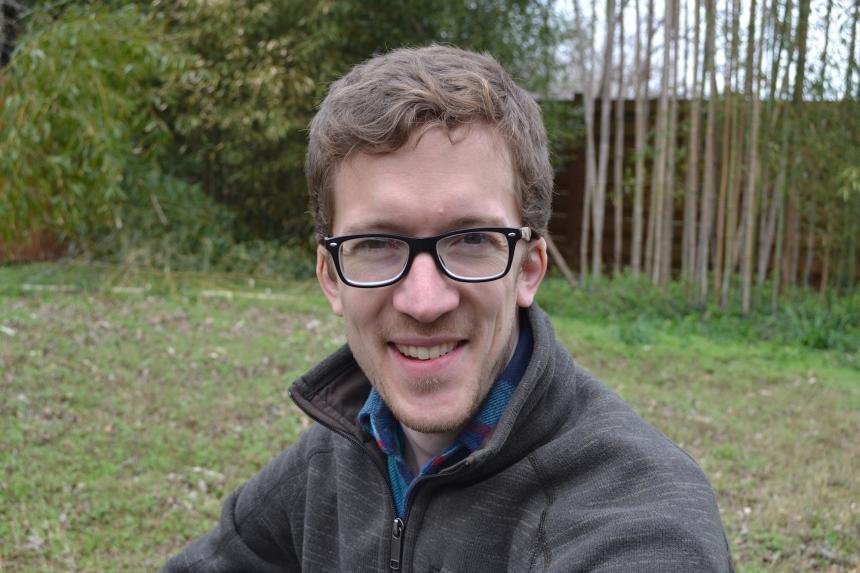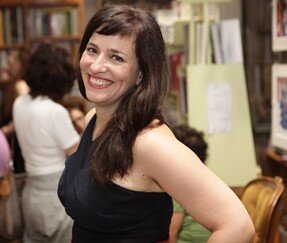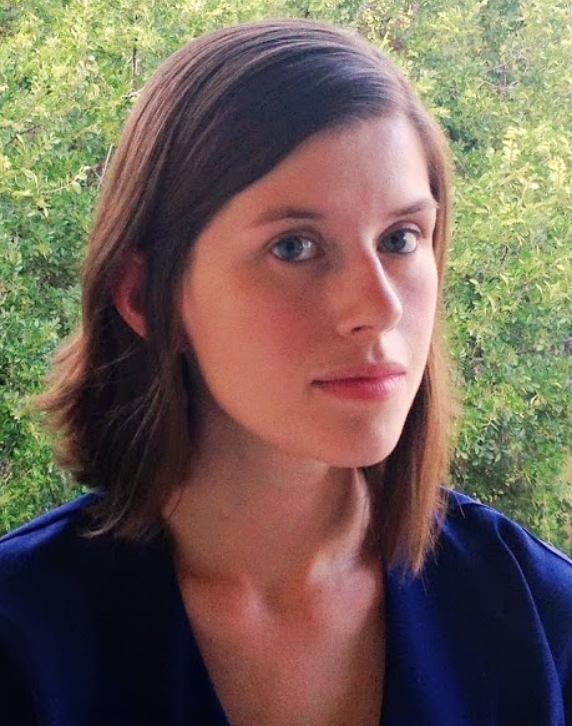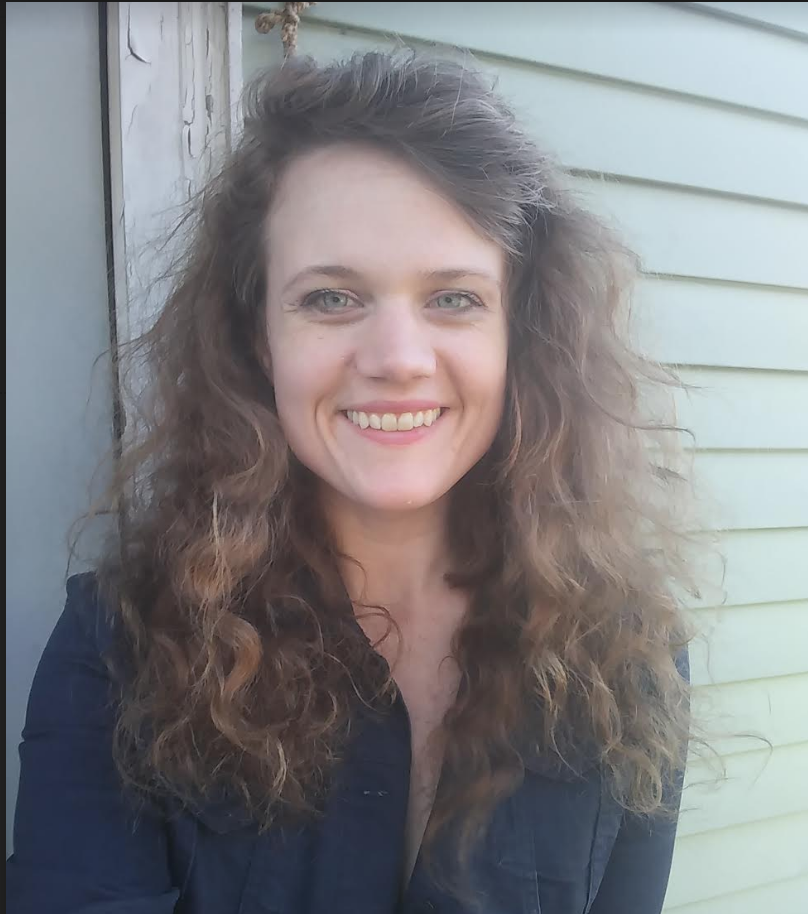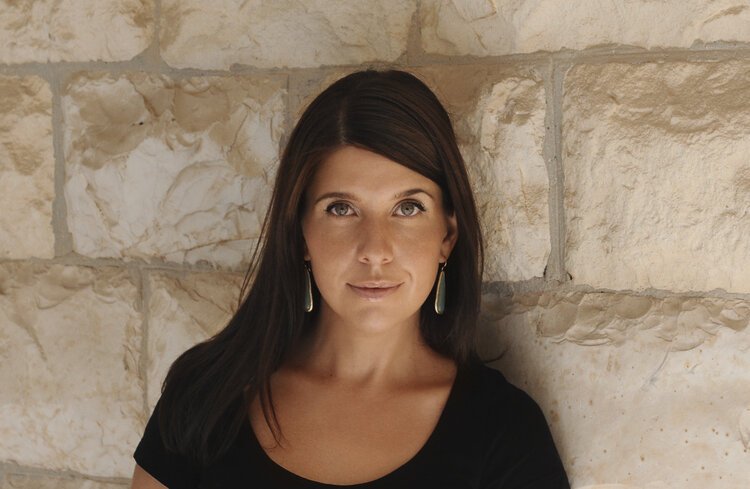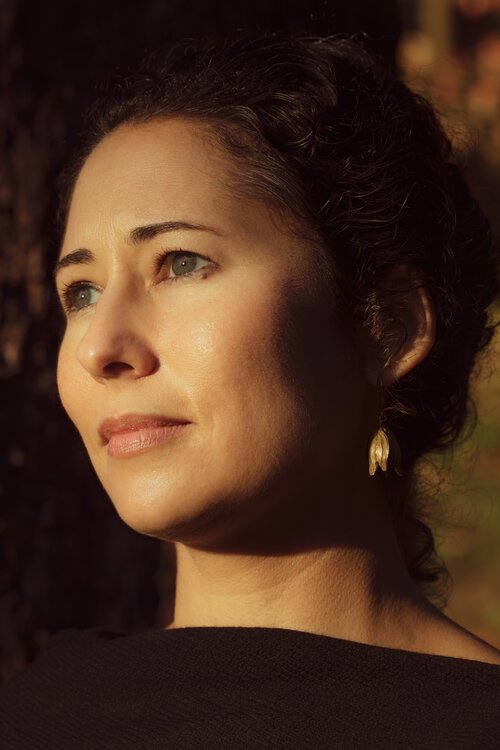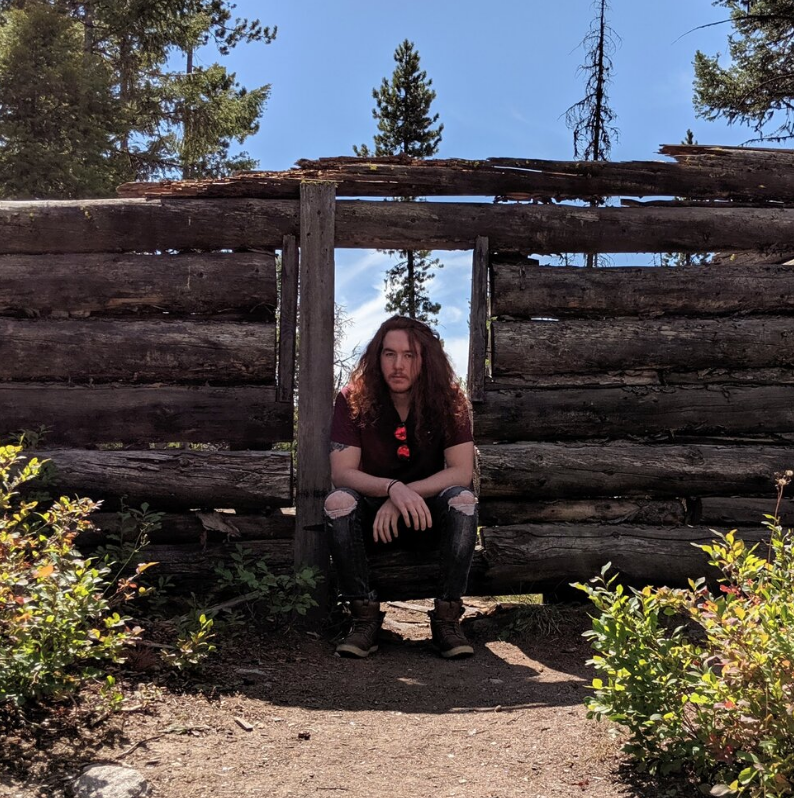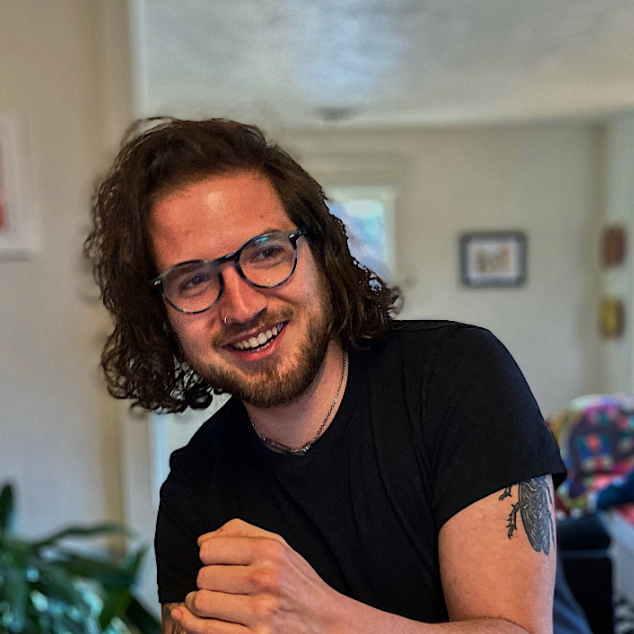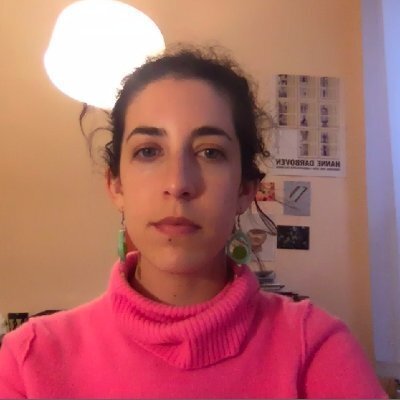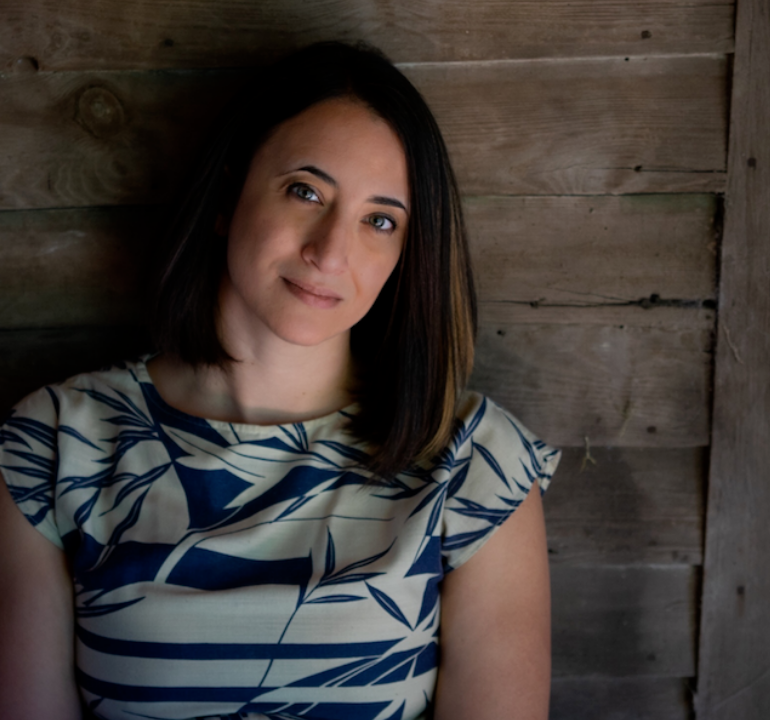 C.E. (Buzz) Poverman: I’m an eclectic reader. What have I been reading? Karl Marlantes’ Matterhorn. Huge book. Great. And Cheryl Strayed. Wild. I read memoirs: Andre Dubus’ Townie. Somebody handed me a novel and said, “This is the most depressing book I’ve ever read.” It was by Jose Saramago. Blindness. So you see I go from novels to memoirs to a fable. And then I’ll read funky crime novels.
C.E. (Buzz) Poverman: I’m an eclectic reader. What have I been reading? Karl Marlantes’ Matterhorn. Huge book. Great. And Cheryl Strayed. Wild. I read memoirs: Andre Dubus’ Townie. Somebody handed me a novel and said, “This is the most depressing book I’ve ever read.” It was by Jose Saramago. Blindness. So you see I go from novels to memoirs to a fable. And then I’ll read funky crime novels.
LL: You’re naming all these titles I love. Who do you think is reading you?
CEP: The publicist for [Love by Drowning] said that she wanted to put my book out on Goodreads. Five hundred and thirty people responded. I scrolled through the list and thought, who are these people? And what I saw was that 80% percent of them were women from the ages of 25 – 50. And I’m saying to myself, well, this is the classic quote unquote readership of books in our country.
LL: Love by Drowning. The book has a dramatic opening scene and then leaps years forward in time. After I heard you read that scene, I asked how you knew to make that jump. Your response, I think, was that you couldn’t say. You believe the pressure that deflates dramatic tension comes from within characters, rather than from authorial instinct about where the story needs to go. I’m wondering if you could expand a little bit on that idea.
CEP: I don’t know that you can generalize it. You write whatever’s going on inside you. I don’t know what creates those tensions, and stories are very changeable. I can tell you something about the circumstances of how I came to write this novel and maybe that will help. I had been reading a boating magazine; there was an article about a guy who was suddenly pulled overboard by a small marlin. It started as a routine thing. He was the wireman, the guy who handles the wire leader to bring the marlin up to the boat. Much like what would become the first scene in the novel. And somehow he was snagged and pulled overboard. Within seconds he was pulled down and disappeared. Never seen again. I was beyond horrified. I’d spent the first half of my life on boats. I grew up on boats, and while you don’t think about it that much, implicit on being on a boat is the possibility that you can get pulled over.
LL: There’s danger.
CEP: So my first response was horror, but I didn’t have a story. I clipped the article and put it in a drawer. As part of your writer’s work, you’re always noticing things and what you respond to. Still, I had no idea what to do with it.
LL: But you knew your response.
CEP: I knew that much: horror. I believe Herman Melville must have experienced a moment like this when he heard about a whale attacking a whaler, The Essex, ramming her so hard that she sank. Out of this comes Moby Dick. For me, the ground that this thing landed on was that for years I’ve had dreams about boats, many of them anxiety dreams. You know, the boat is filling up with water; or, you’re headed into a huge storm under a black sky. Maybe a year later, my father died. I came east where I would often go summers. I had my family with me, my wife and children. We were at a house on the shore. My mother was there. My sister’s children were there. My father was not. Now, my sister had been in an accident when her boys were young and my parents had raised them. Two of the three brothers were there, and they were in their early twenties. The male rivalry thing was going on. Banter. Competition. And I’m in this house with my own kids, right near the ocean, and there’s a sense of grief, of my father’s absence, and the water’s right there; the water and my life on boats were very connected to my father. I had a hyper-sensitivity to something going on in me, as if I were recalling a dream. I wrote obsessively, not knowing exactly what I was writing.
At the end of five or six weeks I ran off the file and had maybe fifty pages. When I reread them, the scenes were too fixed on the page for me to imagine farther, so I just got a pair of scissors and cut the scenes and images up to free them literally from the pages. I made three piles, because that was as much as I knew; this scene or image goes in the beginning; this one, the middle; and this one, the end. And even as I did that, little pieces started filling in, bridges started building themselves, the world started taking on a kind of cause and effect, and I made more notes. At the end of that summer I began writing, and I wrote maybe 80 or 100 pages in just a few weeks; the writing drew in that incident with the marlin. But I didn’t know that it was coming when I started. What I knew was that water—the ocean—was a character, boats were a character, and I knew something catastrophic had happened between two brothers and the surviving older one, Val, was carrying that with him, and inclusive in that was their sometime antagonistic relationship and a fight he’d had with his brother, Davis, over Davis’ girl, which had happened the night before Davis drowns, and that there was something troubled and troubling about the girl: Lee Anne.
I didn’t know everything when I began, but I can start writing and trust the gaps will fill in if I have two things. The first: I have to know why the story is happening now, what sets things in motion. The other: I have to know what the central action is, the one main thing, no matter what all the dozens of small things are, the one main thing that the protagonist is after, or at least have some intuition about it. And so to go back to your question: it wasn’t the pitch of excitement, of what can rise or fall off after a scene, and where it can or should happen. No. I knew why the story was happening now; I more or less knew what the character, Val, wanted, and I could then feel whatever was necessary for the story to go forward. Lisa, I think originally that first scene that you talked about with the marlin pulling the brother, Davis overboard; my first intuition had been—I’m reconstructing now—to start the novel with Val, the surviving brother, seventeen years later; he’s 43, which is when –
LL: The next scene, with the son, was taking place.
CEP: Yeah, and I think it may have been that he’s remembering Davis being pulled overboard by the marlin. I might have written it that way the first time. But then I realized I could just show the scene as it happened when Val and Davis were in their twenties. And then I could move forward in time and start the next section with Val at 43, which is the scene with him fighting off his 14 year old son in the bottom of a backyard swimming pool. And so to answer your question directly: I didn’t know I would make a leap in time like that when I started. Writing and rewriting created and showed me the possibilities. That’s maybe a classic answer on how I would come to make a seventeen year leap in time: the writing, itself, generates both the material and its possibilities and solutions. I just started from an overwhelming mood of grief and something unfinished, and all the related stuff that goes with grief and regret and missed opportunities, and also that my family had had an earlier catastrophe—my sister’s accident—and I was highly aware of the way the life of people, or a family, or a group, can be changed in one second. So, you asked me the question from a kind of literary point of view, and I answered you by going back to a place that had an emotional starting point. That being said, you have to be able to execute things. Each person has his or her own sense of how story works and if a jump of seventeen years in time is acceptable, both to that writer and to the world of the story that the writer is telling.
LL: Emotion’s a powerful force. Do you ever find that subjects feel off-limits because of the people involved? Like it’s not your story to tell?
CEP: Writers are constantly finding themselves in this conundrum. Recently I was reading a Wikipedia entry on Ann Patchett, and there was a picture on her page of a woman named Lucy Greely. She was a very close friend of Patchett’s, and so I went to the link to see who she was. Lucy Greely had died, at 39, from a heroin overdose. She was a writer, and she’d written a memoir, and she had a cancerous growth in her face that she’d battled for a long time, making her somewhat deformed. And Patchett had written a book about Lucy Greeley. In turn, Greeley’s sister had written an article about Patchett’s memoir; it was an increasingly scathing, scalding, taking to task of Ann Patchett for writing about her sister, and their family, and their grief. And the last phrase of that article, referring to Patchett, was: “Grief thief.” So that represents a problem that writers, I think, have to deal with all the time.
I had not modeled any of my characters after anybody specific.
LL: I ask because I am working on a novel about caving, grappling with unearthing characters whose emotional core comes from a very specific moment in the lives of actual people.
CEP: The first thing you have to do, no matter what your doubts or your fears, is put them aside as much as you can—Is it okay, or is it not okay to write this—and just go ahead and do it.
LL: What do you do with the material that comes out? What if it’s wrong?
CEP: People may come at you afterwards. That possibility is always there. You just have to figure that you’ll find a way to deal with them and what you have written when the time comes.
LL: Do you think that when a story really takes solid form, and it’s done for you, that anything remains of the original source? Like that you wrote in part about a man who was pulled overboard by a marlin. Do you think that anything remains of that story in what you’ve created?
CEP: Neither anecdotes nor information create stories. It was only that the article struck something inside me which then got drawn up into the force field of a much bigger dynamic going on inside me. Once you put a book out, and you start giving readings and signings, things take on a life of their own; people tell you stories. Some of them are astonishing. A woman came up to me after a reading and said she’d heard of somebody who’d gotten pulled out of a boat by a marlin. I don’t know if he drowned. She said she was an avid fisherman herself and that because of her reading that article—the line had snagged his watch—she now never wore a watch when she fished.
LL: Are there things that you think would have made a great story that you passed by? Sounds like no. If the story’s there, you’ll follow it.
CEP: Anything of interest to me, if it feels like it has enough draw, or juice, or energy, I’ll follow. A woman who was interviewing me asked me something nobody else had, and it was perceptive. She said, “The marlin is like the story, the way it’s pulling the writer.” I agreed, and she asked “Were you aware of that?” I told her that I had only become aware of it maybe halfway through the book, which was that the thing that was pulling me was overwhelming and relentless. I rarely will write something which interests me right away. I’ll take notes on it; I’ll think about it before I start because I want to make sure it has enough force to pull me. The circuits of our heads are so full of noise, superficial stuff, I want to find out if this thing is deep enough in my marrow before I’ll commit to writing, and I’ll write for two or three years beforehand to see if something’s actually there.
LL: What do you think about a deliberate, an extended metaphor, like the marlin? You’ve mentioned Saramago’s Blindness, but he also wrote The Cave. So writing about a cave, or the tug of a caught fish, it automatically has this allegorical value.
CEP: I trust it in this case. I think imposed metaphors, or allegories, or conceits, or whatever you want to call them, rarely work; I trusted this because it had developed in such a kind of unconscious way. And it took somebody else to figure that out.
LL: So it wasn’t self-conscious.
CEP: No, but I slowly was becoming aware of it as I was writing.
LL: Let’s shift: You mentioned Steve Orlen when we sat down, and I’m lately noticing that writing used to be rooted in the mentor relationship, but that I’ve become more trusting of friends – somebody that I just exchange work with, and it could be a very well-educated writer or just somebody that likes to read. Did you have transitions between who your literary friendships or relationships were, and did they have an impact on the work? Do you do your own thing?
CEP: I’ve just never been a writer who fell in love with a school of writing. I always reacted to my own internal pressures. There were things I needed to realize, and I would do them in different ways. My first book of stories, The Black Velvet Girl, had some funny, playful stories, and then it had some somber stories. At the time The Black Velvet Girl was published, this was in 1976, and everybody was supposed to be writing what was called the new fiction: Donald Barthelme, a kind of ironic fabulism. Donald Barthelme had chosen my book for the Iowa Prize, so maybe I was supposed to be the proponent. I don’t know what they thought at the time. Wow, this guy must be far out, because Donald Barthelme had chosen the book. But I was just a writer, a young writer who’d spent ten years alone in his room writing stories. I was certainly in no school of writing, and in fact, I was not a great sympathizer to the school of Donald Barthelme, although I liked him personally. Is that an answer for you?
LL: I get where you’re coming from, I think. Do you remember your first publication?
CEP: I had published stories in our undergraduate literary magazine. But my first publication beyond that: I had been in India, and I was twenty-one. I’d been there on a Fulbright for a year and—this was during Vietnam, so we were getting student deferments. You would get a year at a time, or you’d get drafted and get a rifle. It depended on your draft board. Anyway, I was warned that if I didn’t get back in school – I’d already been accepted at Iowa – I was going to be drafted. My point is when I got to Iowa, I was twenty-two; I’d been back in the country maybe ten days and I had a story in me, and there was so much pressure in me to write it that I didn’t know what I was doing at Iowa yet and didn’t really care. I had barely found a place to live. I didn’t know the courses. I didn’t know anything about the program. I’m in shock after a year and a half in Asia, and I clear off this dining room table and I wrote a story, and it was called The Gift. Maybe two years later when I was getting my MFA, a guy who was the first editor of the Iowa Review came up to me and said “I always remember that story you did in workshop. May I see it?” I gave it to him and that story was published in the first issue of The Iowa Review.
LL: You must be some kind of luck. A month after I asked you that question, my first story got accepted for publication. Last question, you’ve talked about mood a couple of times. You write from a mood. Define that for me. For you, what is a mood that’s worth capturing in writing? Is it a state of being that lasts for a long amount of time and has those depths you talked about to make sure that it’s not surface clutter?
CEP: It’s a combination. Maybe the closest analogy, but it’s not a great one, would be a place in yourself, and there’s everything going on out in the world but you can go to a place in yourself. Some place that you’ve arrived. You come on a place or a mood or an atmosphere and you feel it; it’s there. And every time you look, it’s still there, and it’s got something in it that’s drawing you in to it.
LL: Sounds like love.
CEP: Oh, well, maybe it is exactly like love, has that same quality, although the difference, it isn’t the felicitous high of love, it can be something else, it can be dark.
_____________________________________
Lisa Levine's fiction has been published with Bird's Thumb and Edge 49. Her interviews and reviews have appeared in Edible Baja Arizona, CutBank, Kore Press, and Sonora Review. Lisa lives in Tucson, where she reads fiction submissions for Kore Press and teaches writing at Pima Community College. Her nature blog, Alluvial Dispositions, features scenes from her work-in-progress, a caving novel.
C. E. Poverman’s first book of stories, The Black Velvet Girl, won the Iowa School of Letters Award for Short Fiction. His second, Skin, was nominated for the Los Angeles Times Book Prize. His stories have appeared in the O’Henry, Pushcart, and other anthologies. His previous novels are Susan, Solomon’s Daughter, My Father in Dreams, and On the Edge. He has been a Fulbright Scholar to India and the recipient of a grant from the National Endowment for the Arts. He was also awarded a Chesterfield Screenwriting Fellowship at Universal Studios. His stories have been anthologized in the O’Henry Awards and Pushcart. He’s a former director of creative writing at the University of Arizona. With his wife, Linda, he divides his time between Tucson and San Diego. Poverman’s most recent book is a novel of suspense and obsession, Love by Drowning (August 2013). Visit his website for more information.








